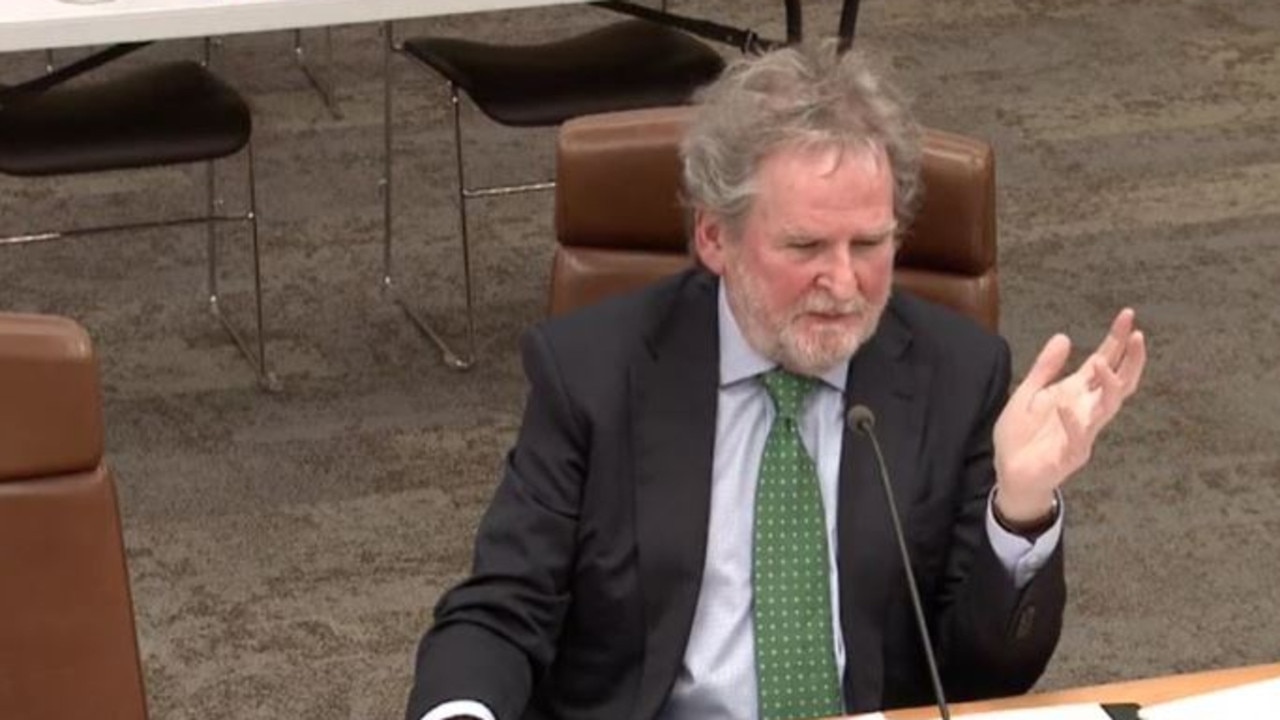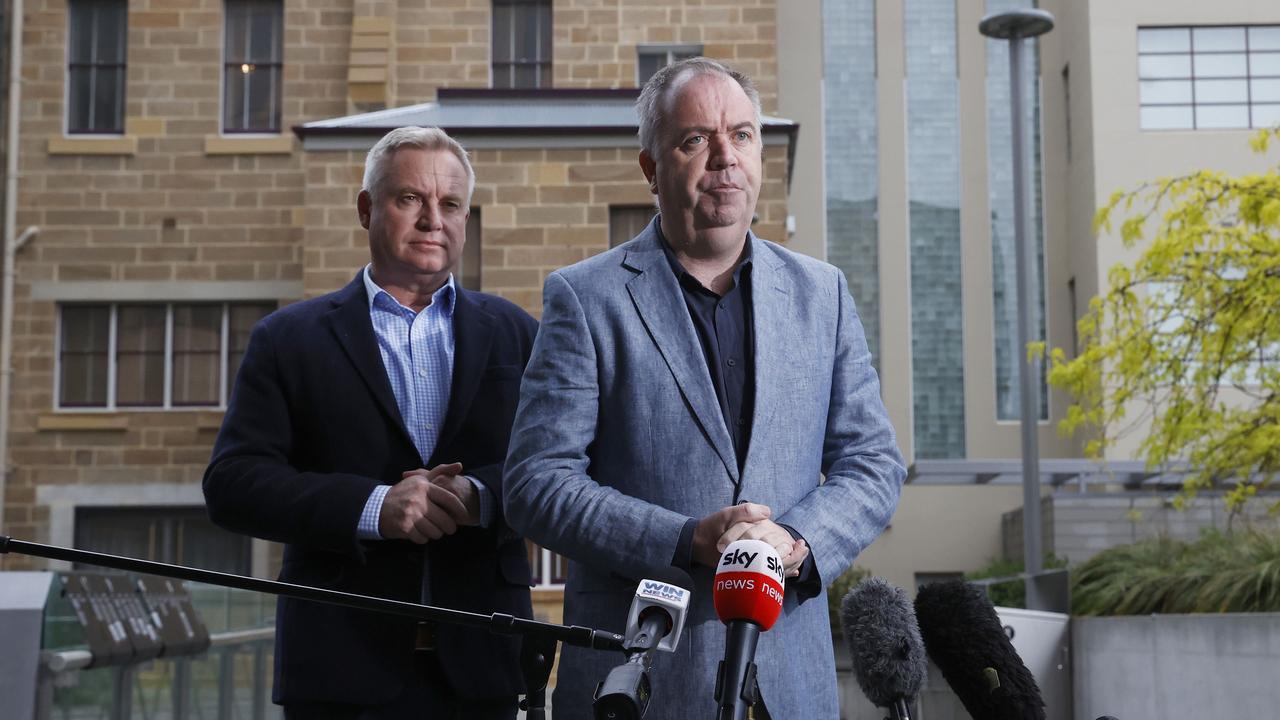Archaeological recovery at Anglesea Barracks Hobart
An archaeological discovery of ‘national significance’ has been found at Hobart’s Anglesea Barracks, uncovering our colonial past. PHOTOS >>
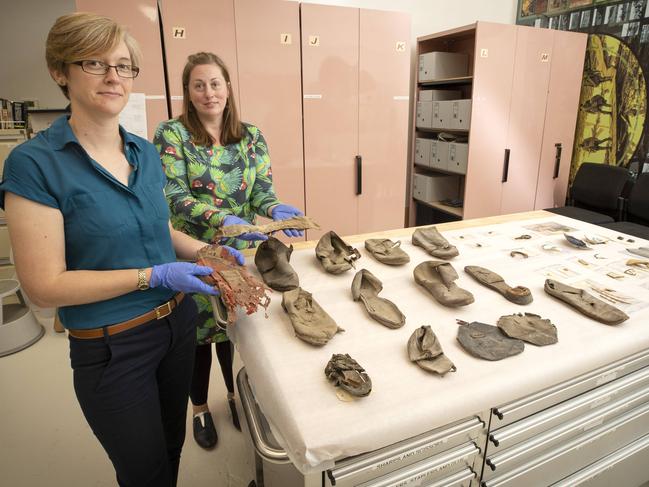
Tasmania
Don't miss out on the headlines from Tasmania. Followed categories will be added to My News.
OLD leather boots and pieces of tattered clothing, likely worn by British soldiers and convicts in Hobart more than 180 years ago, are among the hundreds of artefacts recovered at Anglesea Barracks during an archaeological dig experts say is of national significance.
About 1800 artefacts of colonial-era Hobart have been found, including leather shoes and boots, clothing remains, and numerous ceramic, metal, bone, and wooden items.
The discovery was made underneath the Anglesea Barracks Officers Mess Hall, previously a soldiers barracks, built in 1827-8.
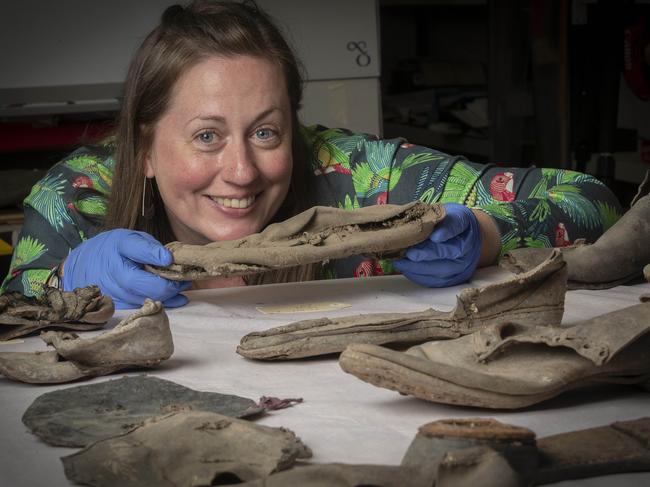
“It has been one of those really amazing finds,” director of Latitude Heritage Dr Jennifer Jones-Travers said.
“In assessing the site for its research values and rarities specifically, it is of national significance.”
About 70 individual boots were found. Most were constructed with timber pegs as well as welt construction, dating back to the early 19th century.
“The find was quite unusual, in the number of textiles and boots, and they represented really early colonial garments for both of the military convicts and as well as possibly free settlers,” Dr Jones-Travers said.
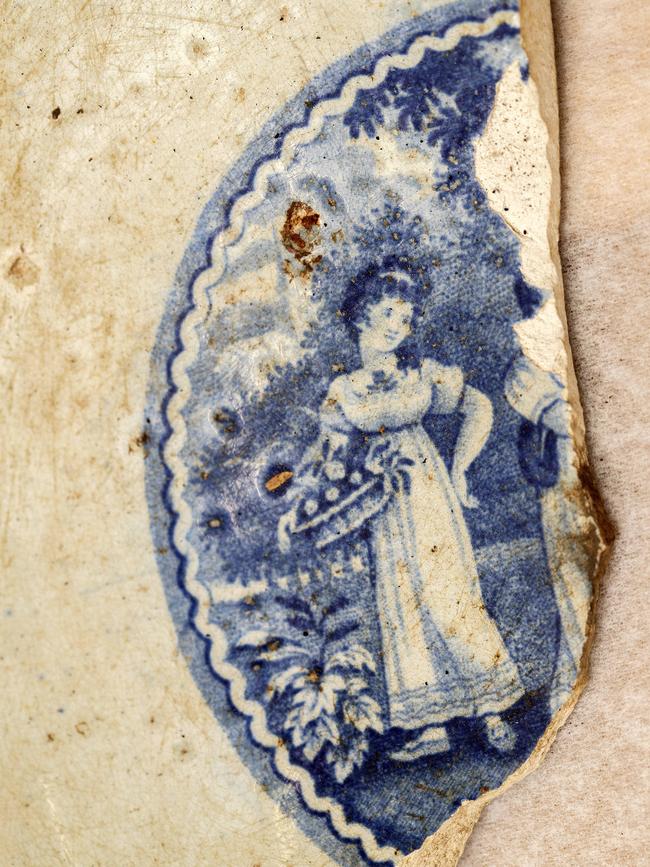
“We really don’t understand in a great sense how people were dressed in those days.
“Having the ability to see so many bits of textile, how they are really making use of the resources they have is really just so exciting.”
A key piece highlighted was a collar from a jacket stamped with a soldier’s name from the 63rd Regiment – ‘T.Lannon,’ – and dates between 1829 and 1834 when that regiment was in Hobart.
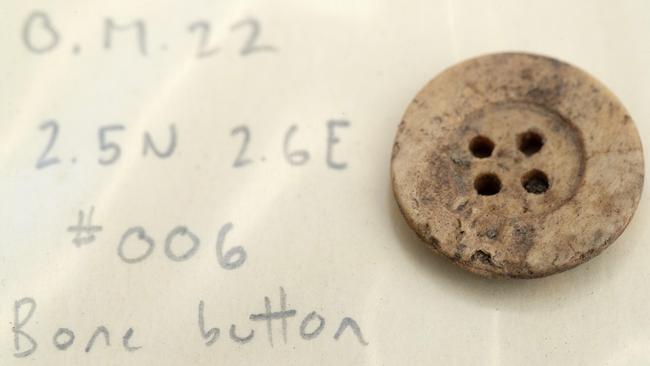
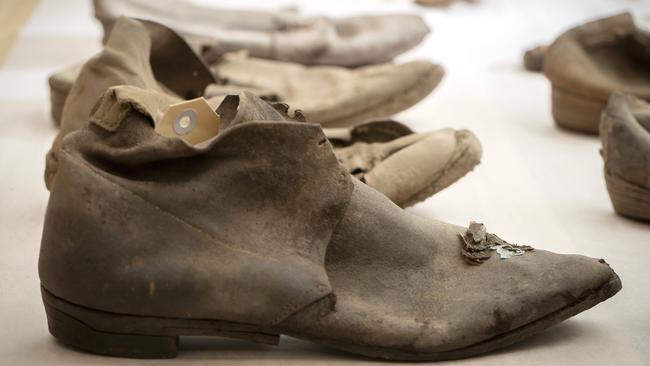
“Interestingly, the name of that soldier isn’t picked up by the Tasmanian names index or the roles of soldiers that were present,” Dr Jones-Travers said. “So, you almost wonder if it might be part of that recycling and getting from Britain any sort of clothing you can.”
Defence, environment and sustainability manager Dr Kate Hibbert said the discovery was a surprise.
“I was going about my business one day and a builder working underneath the mess came in with an old dirty boot and put it on my desk and I said ‘What have we got here’.”
The builder had not only discovered one boot, but a huge collection of other ones.
“The size of the find is really unusual. The way organic materials break down in environments means we don’t find this sort of stuff very often.”
Dr Hibbert said it was likely another building that belonged to a cobbler or tailor was originally at the site and was knocked over and built on top of for a second soldier barracks. It is now a mess hall for officers.
The next step is conservation works, cataloguing every item for future research and stored at the Anglesea Barracks museum.
More Coverage
Originally published as Archaeological recovery at Anglesea Barracks Hobart



